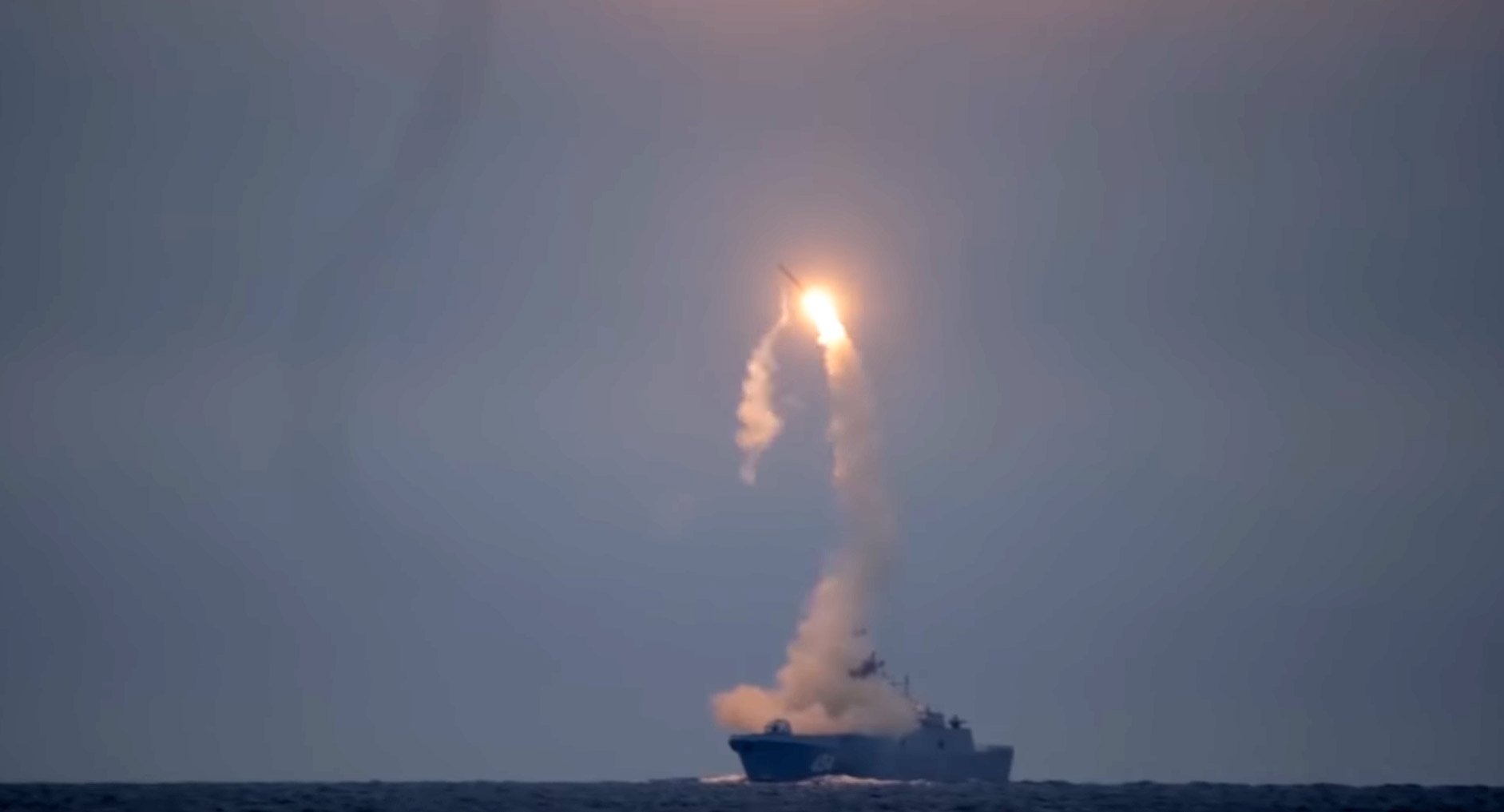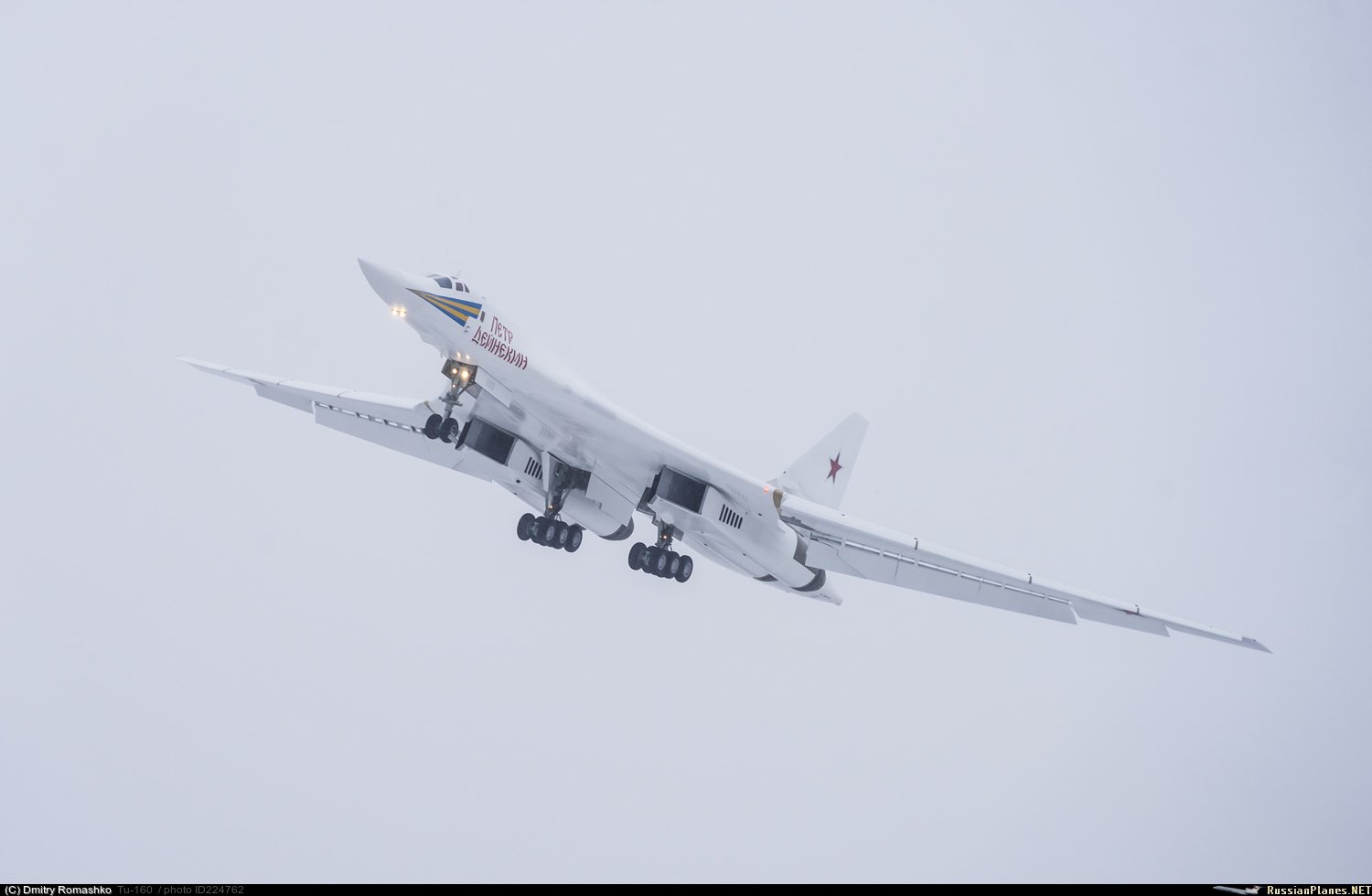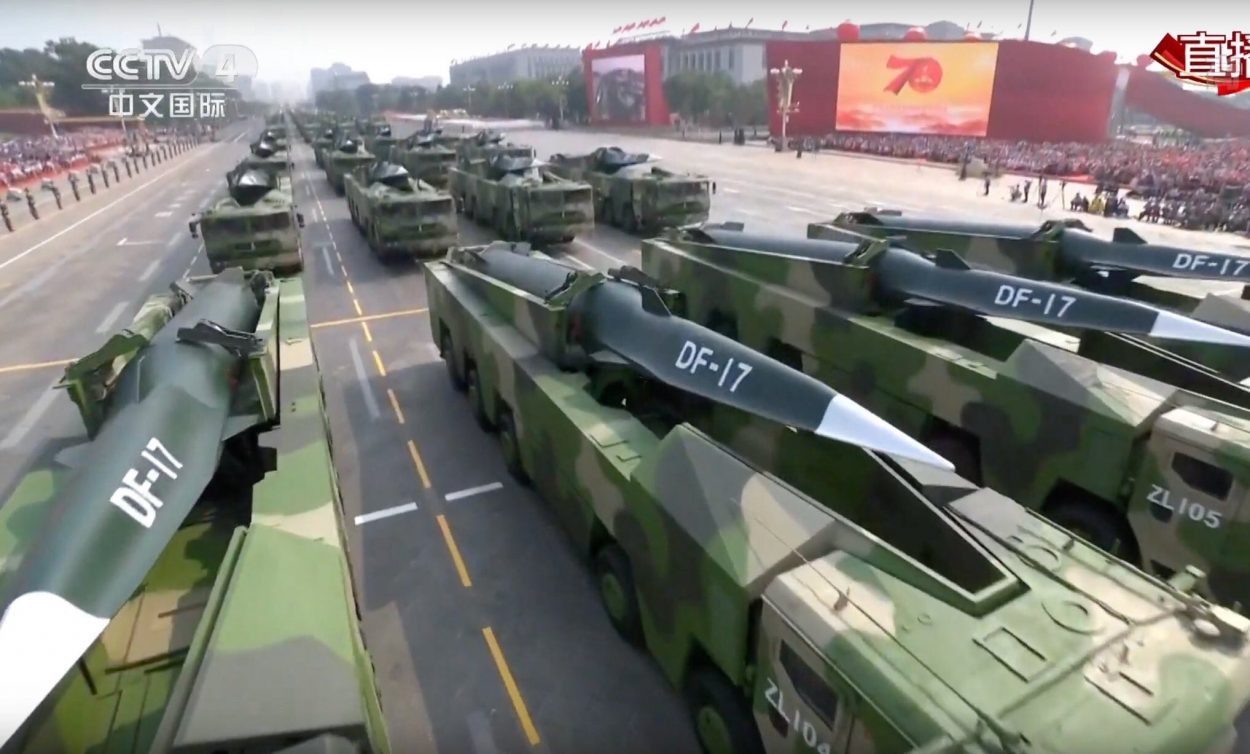Hypersonic is the new buzzword among advanced militaries in the world with Russia leading the race, and posing a significant threat to the US. Japan has also thrown its hat into the ring to challenge its rival China.
Mission Taiwan: Report Exposes China’s ‘Innovative Strategy’ For Possible Invasion Of Tiny Taiwan
According to the latest reports, Russia and Japan are working on two deadly hypersonic weapons called, Kh-95 and HVGP, respectively.
Russian military believes that the dominance in airspace and outer space is necessary to successfully conduct combat activities.
Interestingly, the US Air Force last week acknowledged its second consecutive failure in the flight test of a hypersonic missile called AGM-183A Air-launched Rapid Response Weapon (ARRW).
Earlier, Russia had successfully deployed the Avangard surface-to-surface hypersonic missile. Now, the country is developing a new hypersonic air-launched cruise missile.

Similarly, Japan is on course to launch its first hypersonic cruise missile, amid increasing threats from China’s military modernization.
Prior to that, China claimed to have successfully tested the DF-17, a road-mobile medium-range ballistic missile (MRBM) designed to launch a hypersonic glide vehicle (HGV).
Russia’s New Missile
Colonel-General Vladimir Zarudnitsky, Chief of the Military Academy of the Russian General Staff, reportedly spilled the beans over the unannounced missile, called Kh-95 or the X-95 in the latest edition of the Russian journal Military Thought.
Identifying the significance of “supremacy in the aerospace” for combat operations, Zarudnitsky noted how Russia has developed hypersonic missiles and weapon systems.

“For this purpose, Russia is developing and accepting such advanced and upgraded armaments, military and special hardware for service in its Aerospace Force as the Tu-160M strategic missile-carrying bomber, the Kinzhal airborne hypersonic missile system and long-range air-launched precision weapons, in particular, the Kh-95 hypersonic missile,” Zarudnitsky wrote.
Later, Russian news agencies like RIA Novosti and TASS confirmed the existence of the missile with Novosti reporting that the Kh-95 will be compatible with the Tu-23M, Tu-160M, and Russia’s upcoming PAK-DA bomber.

Mikhail Khodarenok, the military observer for Gazeta.Ru, a Russian newspaper, explained that despite the Russian combat aircraft reaching a range over 2000 km where they can launch air-launched cruise missiles (ALCM) before a possible interception by enemy fighter aircraft, an inherent disadvantage — subsonic flight speed — can disrupt the entire combat mission.
“The creation of such products [ Kh-95 type] for equipping domestic long-range aviation seems to be a very timely and important task,” Khodarenok said.
“ALCM with a long firing range and hypersonic flight speed reduces the capabilities of modern air defense systems to almost zero,” he added.
Russia already has three hypersonic weapons — the Avangard, the Kinzhal, and the Zircon.

Last month, the Russian Admiral Gorshkov frigate had successfully test-fired the Tsirkon (Zircon) hypersonic missile against a surface target at a range of over 350 km and the flight speed reached 7 Mach, the Russian Defense Ministry was quoted as saying by RIA Novosti.
In June, reports emerged that two MiG-31 K fighter jets capable of carrying Kinzhal hypersonic missiles have been deployed in the Khmeimim airbase in Syria.
Japan Joins The Race
Among other contenders in a race to harness hypersonic technology is Japan, eyeing to deter a militarily superior China. Several media outlets have reported that the Japanese military is developing a hypersonic anti-ship missile capable of destroying the Chinese aircraft carriers.
Known as hypervelocity gliding projectile or HVGP, the project was revealed last year on the Acquisition, Technology and Logistics Agency’s website, in which the government outlined its plan to develop homegrown hypersonic weapon systems.
A part of the HVGP is a hypersonic cruise missile (HCM), which will be powered by a scramjet engine and appears similar to a typical missile but one that is capable of much higher speed while covering long distances.
#Japan #HypersonicMissile
Japan accidentally leaks images of prospective Hypersonic Missile. According to a local source, this is a new hypersonic anti-ship missile developing by Acquisition, Technology & Logistics Agency (ATLA)
sourcehttps://t.co/8NSKRXofqs pic.twitter.com/PUzNshUYaI— Tony (@Cyberspec1) July 10, 2020
The HVGP, on the other hand, will feature a solid-fuel rocket engine that will boost its warhead payload to a high altitude before separation, where it will then glide to its target using its altitude to maintain high velocity until impact, Defense News reported.
Explaining the functional role of the hypersonic weapon, Naval News reported that the HVGP will be launched from a mobile ground launcher.
“Once it reaches a certain altitude, the glider separates from the booster and then glides at high altitudes at supersonic speeds while being guided by both satellites and inertial navigation system (INS). It then flies to the target point. The target is attacked from directly above at a 90° dive”.
A local newspaper, The Mainichi, published a report revealing more details of the projects.

“The Defense Ministry allocated a total of 18.5 billion yen [$170 million] in the fiscal 2018 and 2019 budgets for research on HVGPs for the defense of remote islands, and plans to add another 25 billion yen [$230 million] in the fiscal 2020 budget,” the report said.
The development of the HVGP is planned in two stages. The first stage is expected to be ready by 2026 while the second stage will cruise through 2028 and beyond.
“The 2026 model is for targeting a potential enemy invading Japan’s remote islands,” the report said.
In the second stage (after 2016), an upgraded type will be developed for possible installation in fiscal 2028 or later, featuring claw-shaped payloads, enhanced speeds and firing ranges and more complex trajectories, it said.

Another enhancement after 2026 could add a “payload that is capable of penetrating the deck of aircraft carriers”.
Calling out China’s aggressive policy and actions in the contested waters of the South China Sea, the report noted how the Chinese vessels have been spotted navigating in contiguous zones near the Senkaku Islands and intruding into Japanese territorial waters.
Senkaku islands, called Diaoyu Islands by the Chinese, remain a point of contention between China and Japan, both claiming sovereignty over the territory.
“The introduction of longer-range gliding missiles to protect the Nansei Islands (Ryukyu Islands) would make it possible for Japan to respond to China’s activities without deploying the Maritime Self-Defense Force’s vessels and aircraft,” the report noted.




